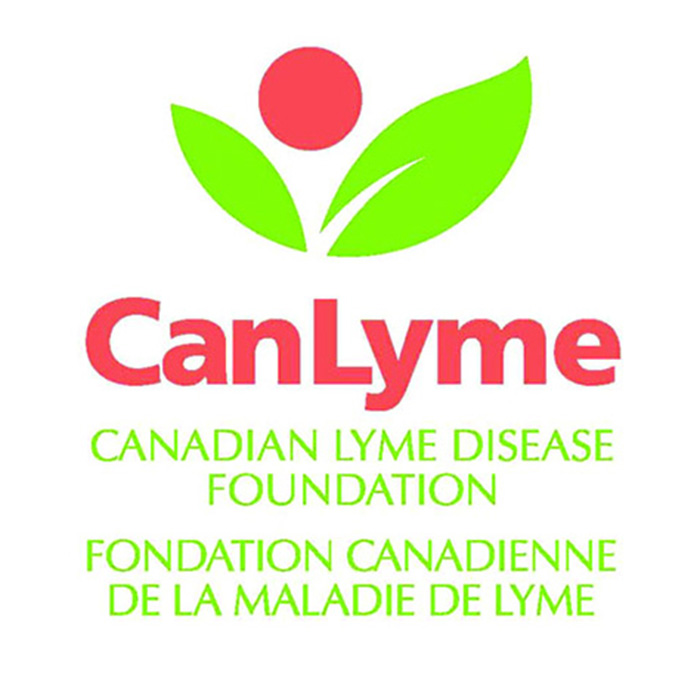
An inflexible medical establishment is standing in the way of treatment which could help untold thousands of Canadians suffering from the effects of Lyme disease, said a national awareness advocate for the ailment.
Jim Wilson, a Penticton, B.C. resident, is the founder and president of CanLyme (Canadian Lyme Disease Foundation). He’s hopeful sufferers of the disease will soon have a “seat at the table” when the scope and treatment of the debilitating affliction is discussed nationally.
“It is difficult to overstate how badly the issue of Lyme disease diagnosis and treatment has been mishandled by the health establishment in Canada,” he said. “Time and science will show what has happened, but in the meantime, thousands of people are suffering and some are dying needlessly.”
The disease is transmitted by ticks to humans through a spirochete form of bacteria. It was discovered after an outbreak of juvenile rheumatoid arthritis near the community of Lyme, Conn. in 1975.
Wilson said Canada is far behind the curve in terms of other nations’ acceptance and treatment.
“Lyme has only been reportable by the Public Health Agency of Canada since 2009,” he said. “As of last year there were under 900 cases, which is a joke. We get thousands of inquiries per year.”
He said the Centre for Disease Control and Prevention (CDC) in the United States had been reporting 30,000 cases per year until 2013 when it reviewed its data and upgraded the annual number to 300,000.
In the U.S., the majority of Lyme disease reports have come Connecticut, Delaware, Maine, Maryland, Massachusetts, Minnesota, New Hampshire, New Jersey, New York, Pennsylvania, Vermont, Virginia and Wisconsin.
“Many of those states are close to the Canadian border,” Wilson said. “It is ridiculous to think the disease respects political boundaries. We have a much greater problem than anyone wants to acknowledge.”
Wilson said Canadian testing practices are unreliable with many physicians looking for a distinctive bulls-eye rash and dismissing thoughts of Lyme if it isn’t found.
“It’s only a small sub set of the bacterium (about 9%) which displays as a rash,” he said.
Wilson speaks from personal experience as he contracted Lyme in 1991 in Dartmouth, N.S., but wasn’t formally diagnosed until 1994.
He received treatment in British Columbia, but the cost remains high in terms of money and quality of life.
“When I was first diagnosed I was actually happy because it meant I hadn’t made it all up. The difficult part was getting the treatment,” he said. “Doctors who are willing to say they publicly treat Lyme disease face opposition from the medical community and their peers.”
He said at least one B.C. physician gave up the practice of medicine due to the pressure.
“It’s not easy if you don’t accept the conventional wisdom that Lyme is a narrow disease which effects very few people.”
His group fields 6,000 inquiries per year that he says is a fraction of the two million Canadians who have Lyme disease symptoms.
“I’m not saying all two million have Lyme disease but we should know how many do. Outside of sufferers and advocates, not many people seem interested.”
Wilson testified before Parliament and the Senate during hearings on bill C-442 to create a federal framework on Lyme disease, which was passed last year. Part of that bill is a national conference on Lyme disease at which Wilson believes there could be the beginning of a transformation in attitude.
“It’s time to stop blaming the patients; it’s time to give doctors the tools and the education they need to deal with this issue,” he said. “We can’t be held back by those who would deny science.”
The Magnotta Foundation for Vector-Borne Diseases is funding Canada’s first facility dedicated to the research, testing and treatment of Lyme disease. It is expected to open this fall in the former Humber River Hospital.
“The facility is being funded by the family of a man who was misdiagnosed with Lyme in Canada and has to seek treatment in Europe and the United States. There is no more of a significant stake holder than the victims and families of victims of Lyme,” he said.





